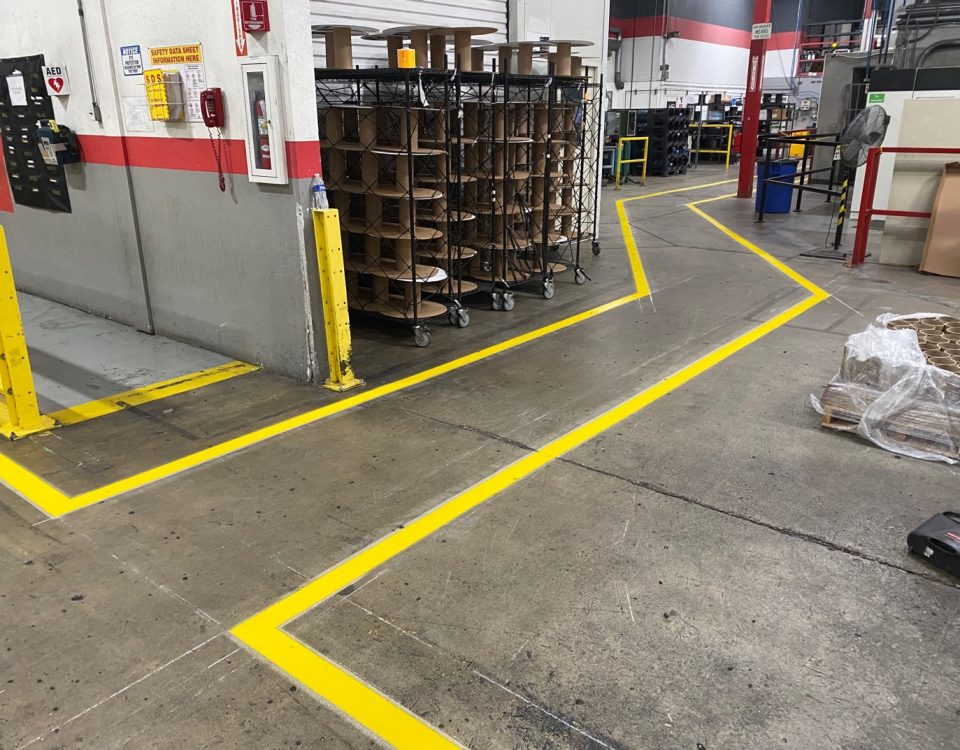
Cultivating a Safety-First Culture: Lessons from Leading Industrial Innovators
July 18, 2022
Optimizing Forklift Operations: Strategies for Safer Industrial Worksites
July 18, 2022
Cultivating a Safety-First Culture: Lessons from Leading Industrial Innovators
July 18, 2022
Optimizing Forklift Operations: Strategies for Safer Industrial Worksites
July 18, 2022Industrial machinery is essential for productivity but presents significant safety risks, particularly concerning energy sources. Machines, whether operating or idle, connected to power sources like electricity, compressed air, or natural gas, remain hazardous without proper controls. An effective lockout/tagout (LOTO) strategy is the foundation of mitigating these risks and protecting employees. Here’s a deep dive into building a robust LOTO system for your facility.
1. Building a Comprehensive Lockout/Tagout Program
An effective LOTO program goes beyond compliance—it cultivates a proactive safety culture. Start with a detailed, written document that defines policies and procedures. This living document must adapt to operational changes and evolving regulations, making annual reviews essential. When a program is clear, actionable, and consistently updated, it remains relevant and effective in minimizing risks.

2. Customizing Procedures for Each Machine
No two machines are alike, and neither are their risks. Tailored LOTO procedures should outline the specific steps needed to safely isolate each machine's energy sources. Include visual aids like diagrams or photos to enhance clarity. For a diverse workforce, consider multilingual documentation to ensure accessibility and comprehension. These customized procedures should meet legal requirements while aligning with your team's practical understanding.
3. Standardizing Energy Isolation Points
Identifying and labeling energy isolation points is a critical step in implementing LOTO procedures. Ensure that labels and tags are standardized across your facility for consistency and clarity. This uniform approach reduces confusion, aligns with equipment-specific procedures, and improves overall compliance and safety.
4. Employee Training and Continuous Oversight
Training is the cornerstone of an effective LOTO system. Employees must understand their roles—whether authorized, affected, or otherwise—and how to follow procedures. Conduct regular inspections and safety drills to reinforce training, identify gaps, and address potential areas for improvement. A well-trained team ensures consistent execution and fosters a safety-conscious workforce.
5. Selecting and Using the Right Devices
The effectiveness of your LOTO program depends significantly on the tools you choose. Devices should be compatible with the specific energy control points they secure. Ensure that procedures for using these devices are clear and consistently followed. Quality devices, paired with proper execution, enhance both safety and compliance.
Commit to a Culture of Continuous Improvement
A sustainable LOTO program is never static. Regularly evaluate and refine your procedures to align with operational changes, new regulations, and emerging risks. By fostering a culture of continuous improvement, your organization can reduce hazards, ensure compliance, and enhance operational efficiency.
For expert advice on safety products, custom signage, and workplace compliance, trust EZSecur. Explore our solutions and take your safety program to the next level. Visit www.ezsecur.com today!





